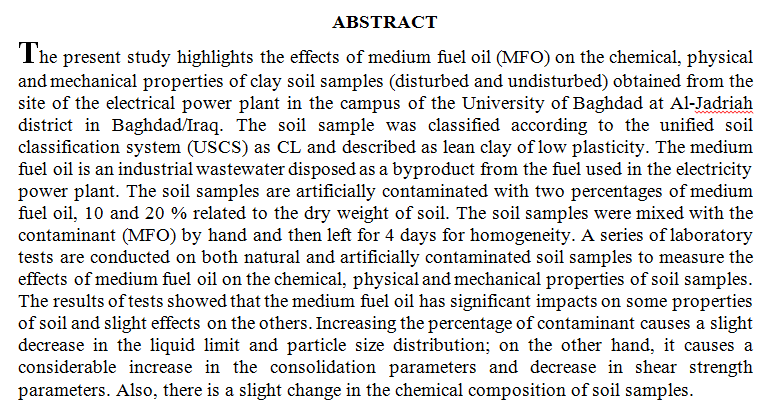
 (6)
(6)
This study represents an optical biosensor for early skin cancer detection using cysteine-cupped CdSe/CdS Quantum Dots (QDs). The study optimizes QD synthesis, surface, optical functionalization, and bioconjugation to enhance specificity and sensitivity for early skin cancer cell detection. The research provides insights into QD interactions with skin cancer biomarkers, demonstrating high-contrast, precise cellular imaging. Cysteine-capped CdSe/CdS absorption spectra reveal characteristic peaks for undamaged DNA, while spectral shifts indicate structural changes in skin-cancer-damaged DNA. Additionally, fluorescence spectra show sharp peaks for undamaged DNA and notable shifts and intensity variations when interacting with skin cancer. This
... Show More (1)
(1)
In this paper three techniques for image compression are implemented. The proposed techniques consist of three dimension (3-D) two level discrete wavelet transform (DWT), 3-D two level discrete multi-wavelet transform (DMWT) and 3-D two level hybrid (wavelet-multiwavelet transform) technique. Daubechies and Haar are used in discrete wavelet transform and Critically Sampled preprocessing is used in discrete multi-wavelet transform. The aim is to maintain to increase the compression ratio (CR) with respect to increase the level of the transformation in case of 3-D transformation, so, the compression ratio is measured for each level. To get a good compression, the image data properties, were measured, such as, image entropy (He), percent r
... Show MoreIn this paper three techniques for image compression are implemented. The proposed techniques consist of three dimension (3-D) two level discrete wavelet transform (DWT), 3-D two level discrete multi-wavelet transform (DMWT) and 3-D two level hybrid (wavelet-multiwavelet transform) technique. Daubechies and Haar are used in discrete wavelet transform and Critically Sampled preprocessing is used in discrete multi-wavelet transform. The aim is to maintain to increase the compression ratio (CR) with respect to increase the level of the transformation in case of 3-D transformation, so, the compression ratio is measured for each level. To get a good compression, the image data properties, were measured, such as, image entropy (He), percent root-
... Show More